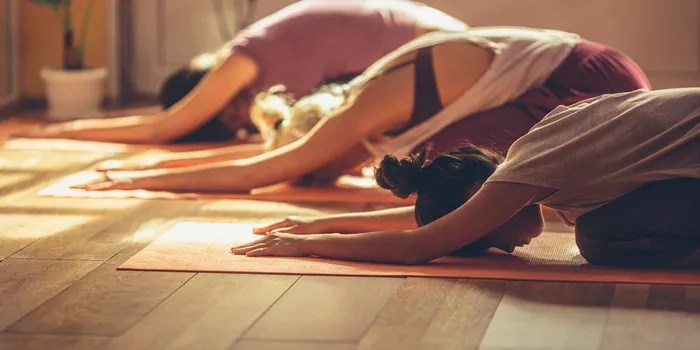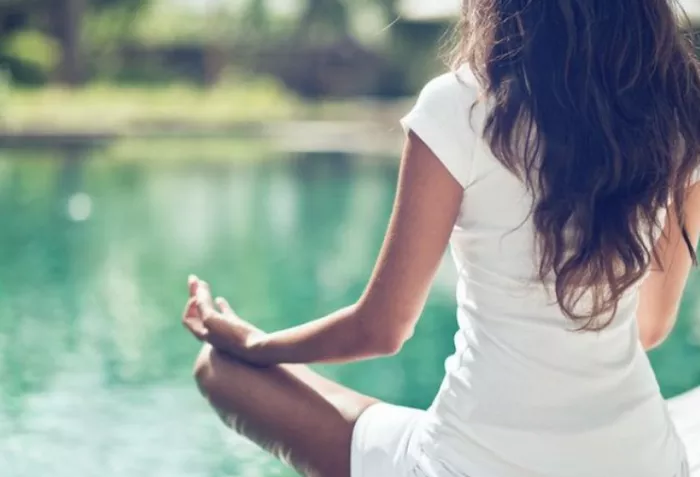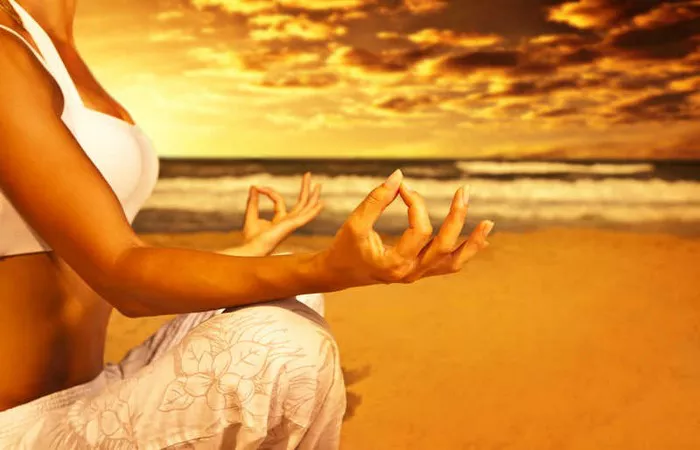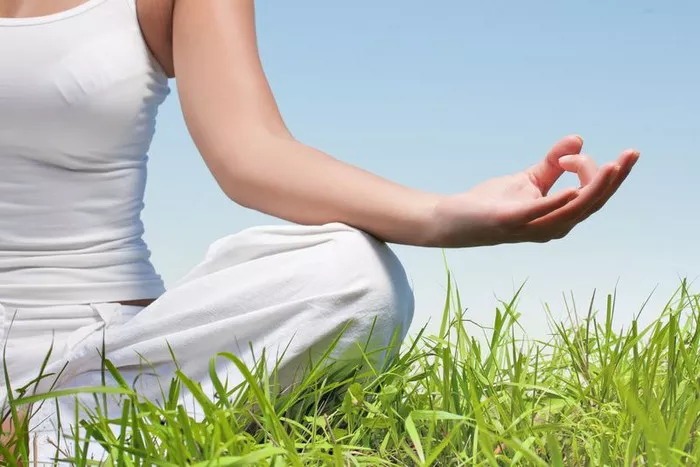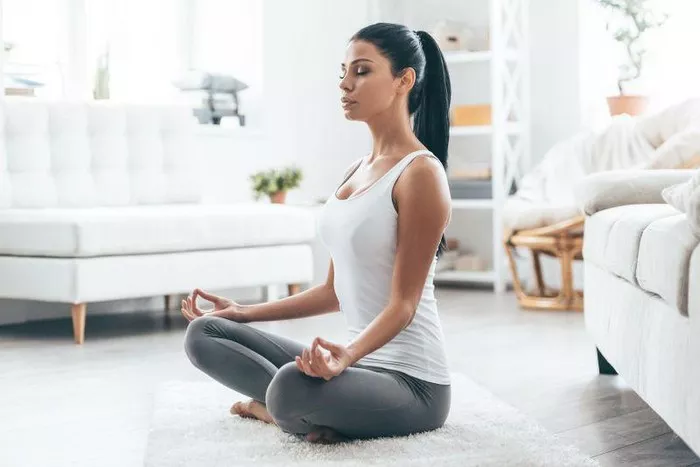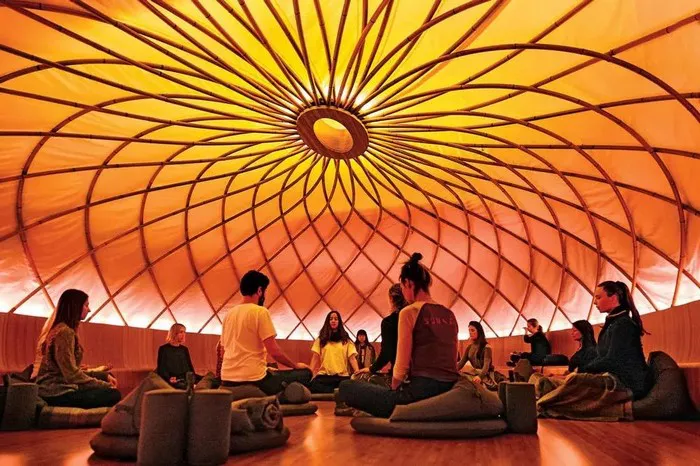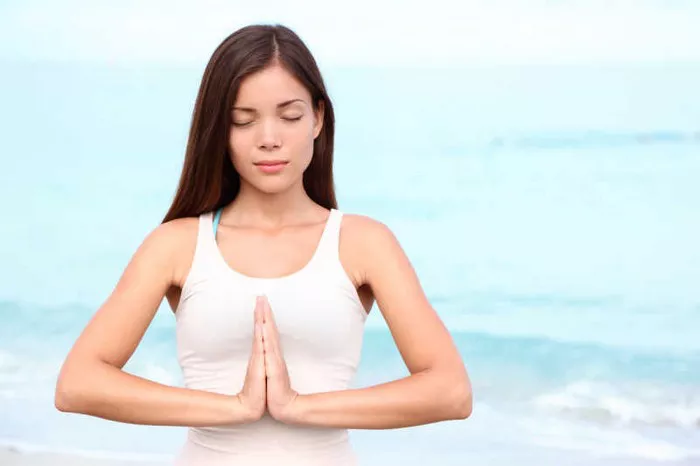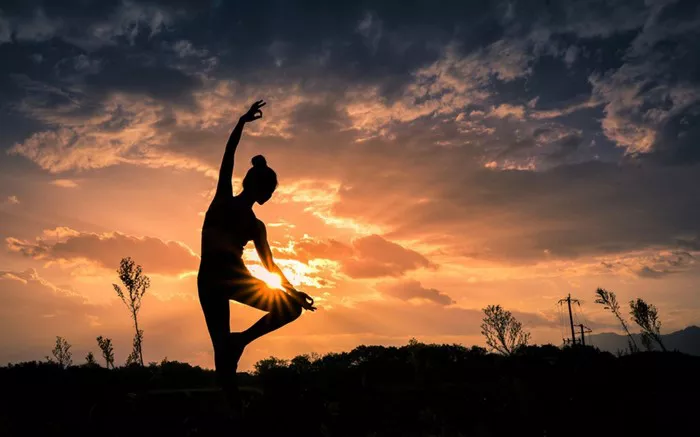Yoga is a practice that has gained immense popularity worldwide, known for its physical, mental, and spiritual benefits. However, its roots are often a subject of debate and curiosity. One of the most frequently asked questions is whether yoga is Hindu or Buddhist. The answer is complex, as yoga has connections to both Hinduism and Buddhism, as well as other spiritual traditions. This article will explore the origins of yoga, its relationship with Hinduism and Buddhism, and how it has evolved over time.
The Origins of Yoga
The origins of yoga can be traced back thousands of years to ancient India. The word “yoga” itself is derived from the Sanskrit root “yuj,” which means “to unite” or “to yoke.” Historically, yoga was a spiritual practice aimed at achieving union with the divine or the universal consciousness.
Yoga in the Vedic Tradition
The earliest references to yoga are found in the Vedas, ancient Hindu scriptures that date back to around 1500 BCE. The Vedas contain hymns, rituals, and philosophical teachings that form the foundation of Hinduism. In this context, yoga was primarily a spiritual practice, with an emphasis on meditation, asceticism, and rituals designed to bring practitioners closer to the divine.
The Upanishads and the Development of Yogic Philosophy
The Upanishads, which are later texts that form part of the Vedic tradition, further developed the concept of yoga. These texts, composed between 800 and 400 BCE, introduced more philosophical ideas, such as the nature of the self (Atman) and its relationship with the universal consciousness (Brahman). The Upanishads also emphasized meditation as a key aspect of yoga, laying the groundwork for the practices that would later be elaborated in the Yoga Sutras of Patanjali.
See also: Namaste in Yoga: Origins, Meanings & Importance
Yoga and Hinduism
Given its origins in the Vedic tradition, yoga is deeply intertwined with Hinduism. Over the centuries, yoga evolved into a systematic practice within Hinduism, particularly through texts like the Bhagavad Gita and the Yoga Sutras of Patanjali.
Bhagavad Gita and the Paths of Yoga
The Bhagavad Gita, a sacred Hindu text, presents yoga as a multifaceted path to spiritual liberation. It outlines various forms of yoga, including:
Karma Yoga (the yoga of action): Focuses on selfless service and performing one’s duty without attachment to the results.
Bhakti Yoga (the yoga of devotion): Emphasizes devotion to a personal deity as a path to spiritual realization.
Jnana Yoga (the yoga of knowledge): Involves the pursuit of wisdom and understanding of the true nature of reality.
Raja Yoga (the royal path): Often associated with meditation and the control of the mind and senses.
These paths illustrate the diversity of yogic practices within Hinduism, each offering a different route to spiritual enlightenment.
Patanjali’s Yoga Sutras
The Yoga Sutras, compiled by the sage Patanjali around 400 CE, are one of the most influential texts in the history of yoga. Patanjali’s work systematized yoga into an eightfold path, known as Ashtanga Yoga, which includes:
Yama (ethical principles)
Niyama (self-discipline)
Asana (physical postures)
Pranayama (breath control)
Pratyahara (withdrawal of the senses)
Dharana (concentration)
Dhyana (meditation)
Samadhi (absorption or enlightenment)
Patanjali’s Yoga Sutras are considered a cornerstone of classical yoga and remain a central text in many modern yoga traditions. The eightfold path outlined by Patanjali emphasizes the importance of both physical and mental discipline, leading to the ultimate goal of spiritual liberation.
Yoga and Buddhism
While yoga is deeply rooted in Hinduism, it also has significant connections to Buddhism. Buddhism, which emerged in the 5th century BCE, shares many philosophical and meditative practices with yoga, although it developed distinct approaches and interpretations.
The Influence of Yogic Practices on Buddhism
The historical Buddha, Siddhartha Gautama, was known to have practiced various forms of meditation and asceticism before attaining enlightenment. Many of these practices were similar to those found in the early yogic traditions of India. After his enlightenment, the Buddha developed his own meditative practices, which became central to Buddhist teachings.
Mindfulness and Meditation in Buddhism
One of the most significant contributions of Buddhism to the practice of yoga is the emphasis on mindfulness and meditation. In Buddhist practice, meditation is a key tool for achieving mental clarity, insight, and ultimately, liberation from suffering (nirvana).
Mindfulness Meditation (Vipassana): This form of meditation involves developing awareness of the present moment, observing thoughts, feelings, and sensations without attachment or judgment. Vipassana is closely related to the yogic practices of Dharana and Dhyana (concentration and meditation).
Loving-Kindness Meditation (Metta): Another important Buddhist practice, Metta involves cultivating feelings of compassion and loving-kindness towards oneself and others. While not directly a part of traditional yogic practices, it complements the ethical principles (Yama and Niyama) found in the Yoga Sutras.
Yoga’s Evolution and Global Spread
As yoga evolved and spread beyond India, it absorbed influences from various spiritual and cultural traditions, including Buddhism. In modern times, yoga has become a global phenomenon, practiced by millions of people of all faiths and backgrounds. The physical aspect of yoga, particularly asana practice, has become especially popular, often separated from its spiritual roots.
Modern Yoga and Secularism
In the 20th and 21st centuries, yoga has increasingly been practiced in secular contexts, such as fitness studios, schools, and workplaces. This modern interpretation of yoga often focuses on the physical benefits, such as flexibility, strength, and stress reduction, rather than its spiritual origins.
However, despite this secularization, the spiritual and philosophical aspects of yoga remain integral to many practitioners. For those who seek a deeper connection to the practice, understanding its roots in both Hinduism and Buddhism can enrich their experience.
Is Yoga Hindu or Buddhist?
So, is yoga Hindu or Buddhist? The answer is that yoga is primarily rooted in Hinduism, but it has also been significantly influenced by Buddhism. Both religions have contributed to the development of yoga, particularly in terms of meditation and mindfulness practices.
Yoga’s ability to adapt and integrate different spiritual and cultural influences is one of the reasons it has remained relevant and popular for thousands of years. Whether you approach yoga from a Hindu, Buddhist, or secular perspective, its benefits are universally accessible.
Conclusion: Embracing the Diversity of Yoga
Yoga is a diverse and multifaceted practice that transcends religious boundaries. While its origins lie in the spiritual traditions of Hinduism and Buddhism, yoga has evolved into a global practice that offers something for everyone, regardless of their religious or cultural background.
Understanding the historical and philosophical context of yoga can deepen your practice and appreciation of its richness. Whether you are drawn to yoga for physical fitness, mental clarity, or spiritual growth, recognizing its roots in both Hindu and Buddhist traditions can enhance your journey.
Yoga’s beauty lies in its ability to bring together different aspects of the human experience, from the physical to the spiritual. By embracing the diversity of yoga, you can explore its many layers and discover the unique path that resonates with you.
Related topics:

